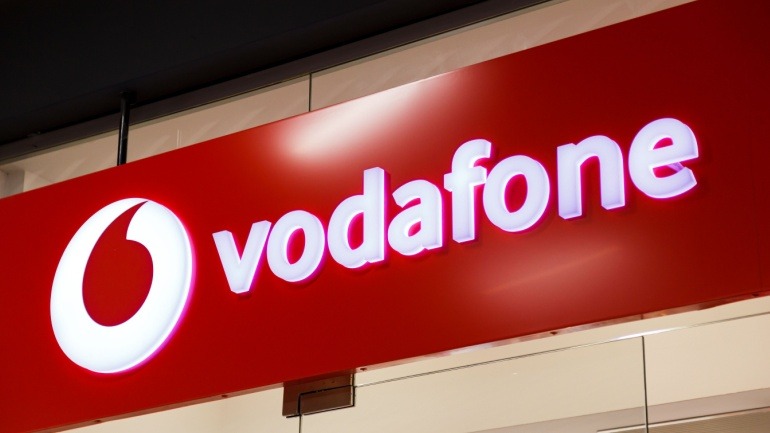Residents and business owners in Colne, Lancashire, will soon benefit from enhanced services thanks to UK full fibre broadband provider brsk. By investing in a new full fibre network, brsk aims to deliver symmetrical speeds of up to 2Gbps, enhancing connectivity for approximately 11,000 homes and businesses.
Vodafone Germany is revolutionizing its VoIP landscape by expanding fibre broadband to 11 million homes and businesses. This strategic move solidifies Vodafone as the operator of Germany’s largest fibre network. Leveraging partnerships with Deutsche Telekom and Deutsche Glasfaser, Vodafone promises 11 million new VoIP-enabled connections, enhancing connectivity options.
Vodafone has faced a major setback as the Advertising Standards Authority (ASA) ordered the discontinuation of three ads deemed misleading. These ads claimed Vodafone offers identical broadband to BT at a lower price, which BT disputed. The ASA upheld BT’s complaint, emphasizing that network performance varies due to different hardware and technology.
Ofcom has introduced new regulations mandating that internet service providers (ISPs) clearly state whether their broadband uses full-fibre, part-fibre, copper, or cable networks. This aims to eliminate confusion among consumers by providing transparent information on network technologies. By making informed comparisons, customers can better choose the right internet services.
The recent rollout of full-fibre broadband in South Wiltshire under Project Gigabit marks a significant advancement for rural connectivity. With Wessex Internet’s efforts in Stapleford, homes and businesses will experience speeds up to 10Gbps. This strategic move ensures hard-to-reach communities benefit from superior internet capabilities, fostering growth and opportunities.
EE has launched its 5GSA mobile network across 15 UK cities, including London, Manchester, and Glasgow, aiming to enhance mobile coverage and performance. Alongside this, the new Wi-Fi 7 Smart Hub Pro promises superior home broadband speeds and connectivity. These advancements position EE as a forefront leader in the UK’s cellular network arena.
Major UK business groups are urging telecoms regulator Ofcom to extend the automatic compensation scheme for broadband outages to encompass all businesses. This demand highlights frustrations over unreliable broadband services impacting productivity and economic growth. Existing compensation covers only domestic-grade services, leaving many businesses without recourse for connectivity issues.
The recent partnership between CityFibre and Sky has significant implications for the UK’s broadband market, potentially challenging BT’s dominance. This deal extends Sky’s services, enhancing competition and driving innovation. Industry experts suggest that while BT faces pressure, the partnership signals confidence in the emerging alternative networks.
Cornwall-based broadband provider Wildanet has collaborated with Nokia to accelerate the installation of a gigabit-enabled full fibre network across Cornwall and the Isles of Scilly. This strategic partnership aims to enhance digital connectivity in these underserved areas.
SECOM, a subsidiary of Southeast Colorado Power Association, is revolutionizing rural southern Colorado’s connectivity with Infinera’s XTM Series optical transport solution. This project aims to deliver multi-gigabit broadband services, enhancing network flexibility and reliability. With a modernized middle-mile and business Ethernet access network, SECOM empowers thousands of homes and businesses.













